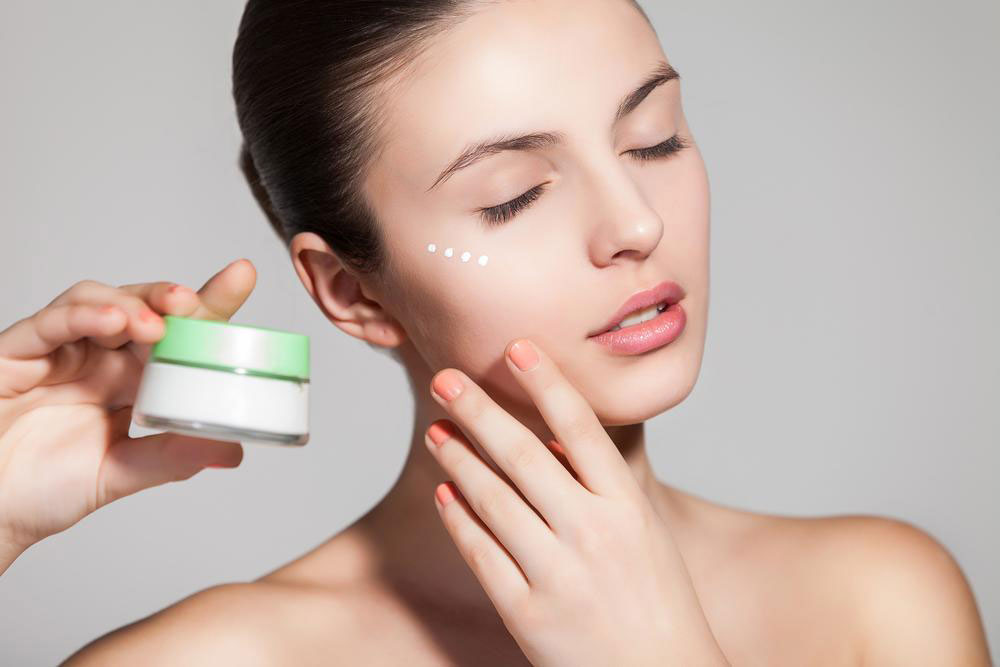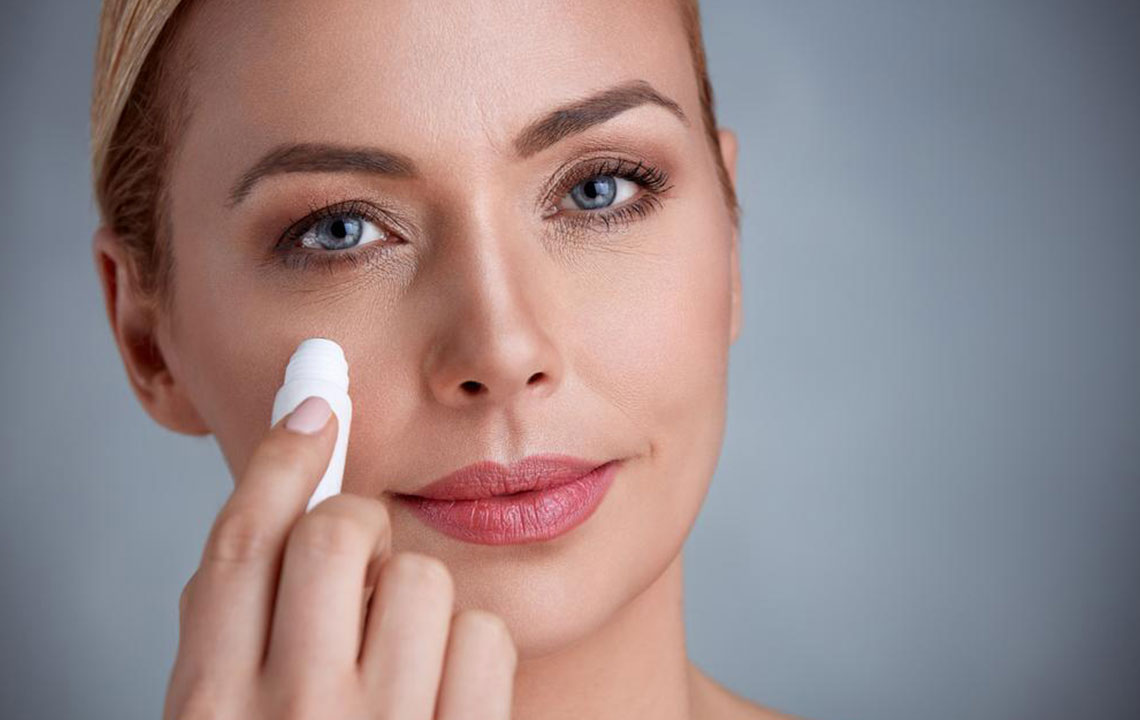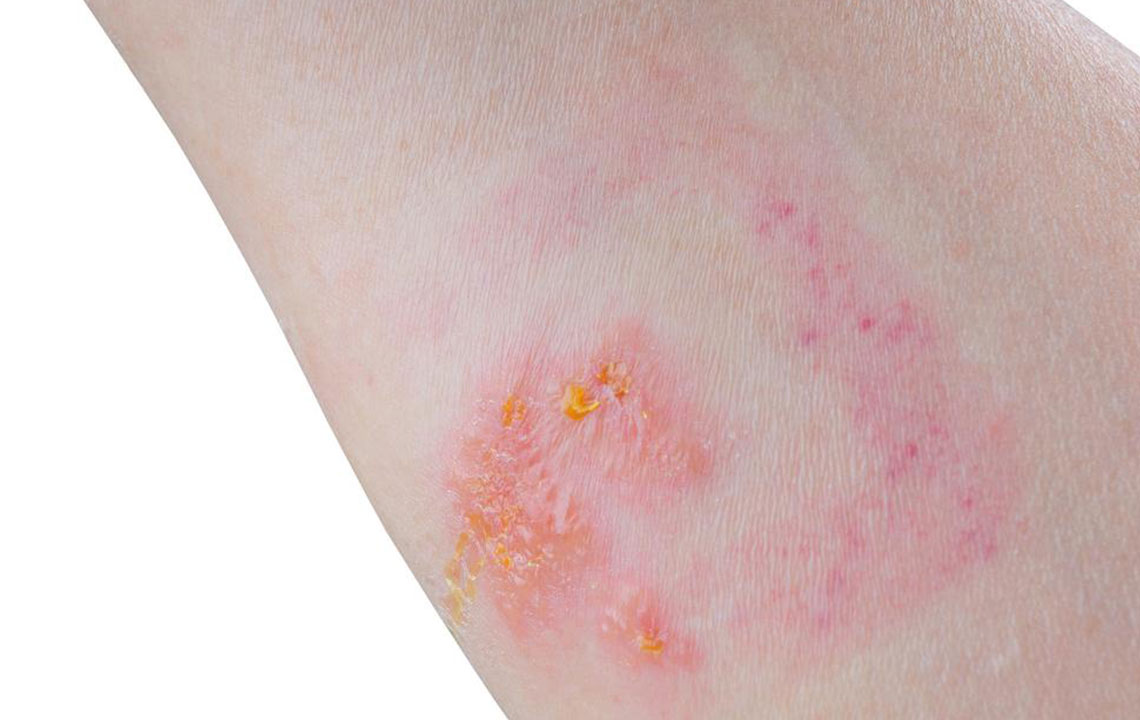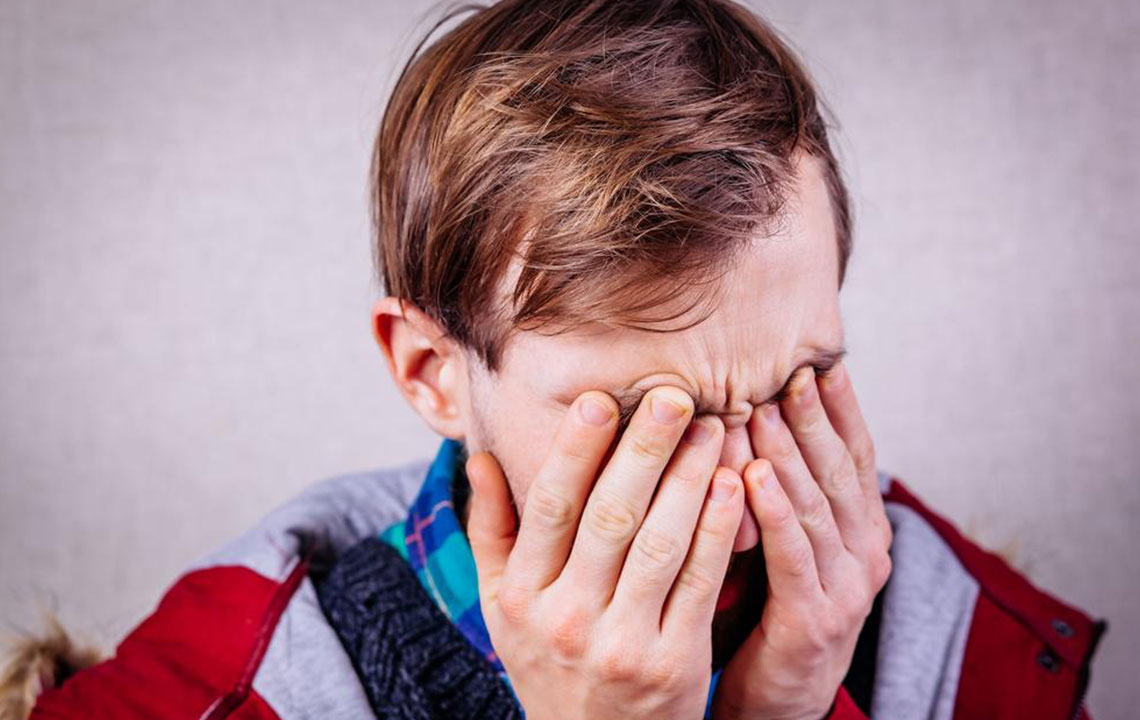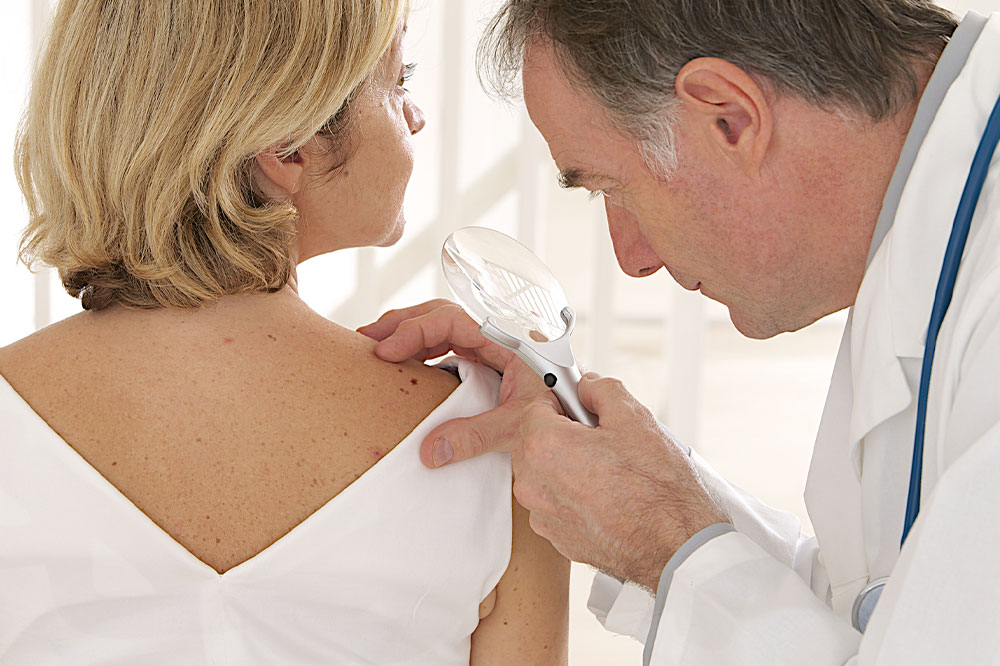Comprehensive Guide to Dark Circles: Causes, Treatments, and Prevention Strategies
Dark circles are a common concern caused by aging, fatigue, allergies, and lifestyle habits. This comprehensive guide explores the primary causes, offers effective home remedies like cold compresses and proper sleep, and discusses advanced medical treatments such as laser therapy and dermal fillers. By understanding these factors and adopting suitable strategies, you can significantly reduce the appearance of dark circles and achieve a more vibrant, youthful look. Consulting professionals for personalized care ensures the best results. Stay informed to combat dark circles effectively.
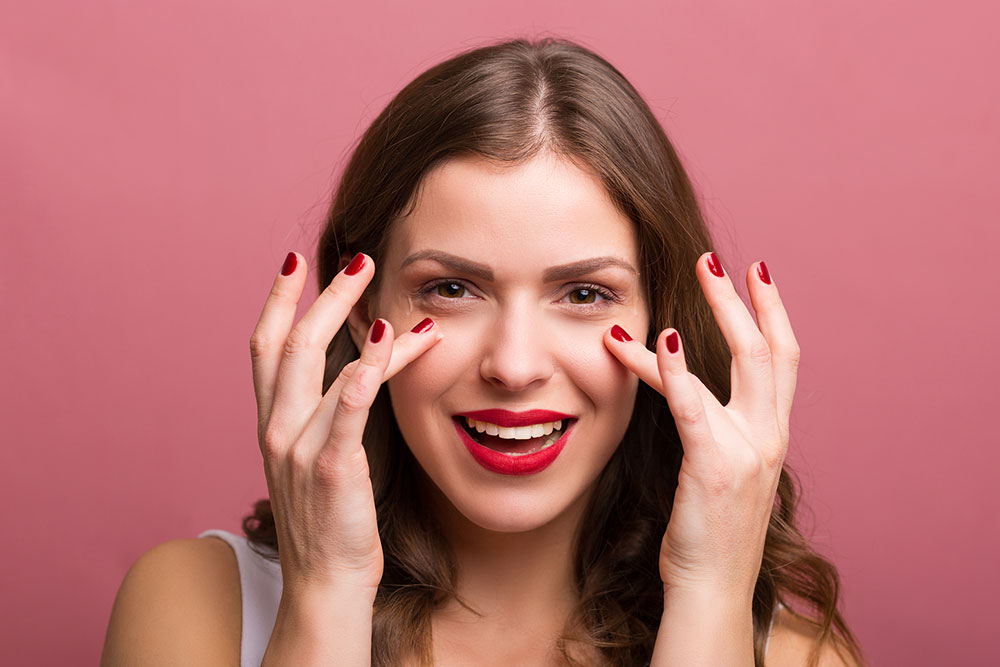
Dark circles beneath the eyes are a prevalent skin concern that can affect individuals of all ages and backgrounds. These discolorations not only contribute to an aged appearance but can also impart a perpetually tired look. Despite their commonality, dark circles often prove stubborn and resistant to simple treatments, making it vital to understand their underlying causes and explore effective remedies. This detailed article delves into the primary factors responsible for dark circles, discusses a range of strategies—from home remedies to medical interventions—and offers insights into how best to manage and prevent them for a fresher, more youthful look.
Who Is Most Susceptible to Developing Dark Circles?
Though anyone can develop dark circles at some point, certain groups are more prone due to genetic, lifestyle, or physiological factors. Recognizing these risk groups can help in early intervention and more targeted prevention:
Individuals of advanced age, as skin naturally loses elasticity with aging.
People with a family history of dark circles or thin skin around the eyes.
Those with allergies or respiratory issues causing frequent rubbing or inflammation.
Individuals experiencing insufficient or poor-quality sleep.
People who have high screen time, leading to eye strain.
Dehydrated individuals who do not consume adequate water daily.
Understanding the Causes of Dark Circles
Dark circles are often symptomatic of various internal and external factors. While fatigue is a common culprit, comprehensive understanding reveals multiple contributors:
Natural Aging Process: Over time, the skin around the eyes becomes thinner as collagen production declines. This thinning makes underlying blood vessels more prominent, creating a shadowed appearance. Loss of subcutaneous fat in the under-eye area can also lead to a hollowed look that accentuates dark circles.
Prolonged Eye Strain: The surge in digital device usage exposes eyes to blue light and stares, which strains ocular muscles. This strain leads to dilation of blood vessels around the eyes, resulting in a darker appearance beneath the lids.
Sleep Deprivation and Fatigue: Both insufficient and excessive sleep disrupt skin regeneration, causing pallor and making veins beneath the skin more visible. Fatigue also reduces skin elasticity, exacerbating the dark appearance.
Allergies and Dry Eyes: Allergic reactions induce inflammation and increased blood flow in the under-eye region. Rubbing and scratching of itchy eyes can weaken blood vessel integrity, further deepening dark shadows.
Dehydration and Poor Nutrition: When the body lacks sufficient water, skin loses its plumpness and elasticity, intensifying the sunken, dark look under the eyes. Dehydration also hampers skin repair and renewal processes.
Effective Remedies for Reducing Dark Circles
Home Care Tips and Lifestyle Changes
Application of Cold Compresses: Using a cold pack or a chilled spoon on the eyes constricts dilated blood vessels and reduces puffiness. Consistent use can diminish the appearance of dark shadows and soothe tired eyes.
Prioritizing Quality Sleep: Establishing a regular sleep schedule with 7-9 hours of restorative sleep is crucial. Adequate rest allows the skin to repair and rejuvenate, minimizing the visibility of dark circles caused by fatigue.
Elevating Your Head During Sleep: Using extra pillows or elevating the bed’s head reduces fluid accumulation under the eyes, decreasing puffiness and darkness.
Using Tea Bags: Applying cooled caffeinated tea bags, particularly green or black tea, provides antioxidants and caffeine that stimulate circulation, shrink swollen blood vessels, and lighten dark shadows.
Cosmetic Concealers: High-quality concealers can temporarily hide dark circles. Selecting products matching your skin tone and employing proper makeup techniques can enhance your appearance and boost confidence.
Medical and Cosmetic Interventions
Chemical Peels: These treatments exfoliate the superficial skin layers, promoting faster cell turnover and improving skin brightness around the eyes.
Laser Therapy: Laser treatments can stimulate collagen production, tighten skin, and reduce pigmentation, resulting in a more uniform appearance.
Medical Tattooing (Camouflage Pigmentation): This involves tattooing pigment that matches your skin tone to subtly mask dark shadows permanently.
Dermal Fillers: Injectable fillers like hyaluronic acid can restore lost volume and reduce hollowness under the eyes, significantly lightening dark circles caused by volume loss.
Surgical Procedures: In severe cases, eyelid surgery (blepharoplasty) removes excess skin and fat, providing a more rejuvenated look. Consulting a qualified ophthalmic or plastic surgeon is essential for personalized assessment.
While home remedies and lifestyle modifications can be effective for minor to moderate dark circles, consulting a healthcare professional or dermatologist is vital before opting for invasive procedures. It's important to remember that some dark circles are a natural part of aging and may not disappear entirely but can be effectively managed.
Understanding the root causes and utilizing a combination of preventive measures, home remedies, and professional treatments can dramatically improve the appearance of dark circles, leading to a fresher, healthier look. Always choose a tailored approach based on your individual needs and seek expert advice to ensure safe and effective results.
